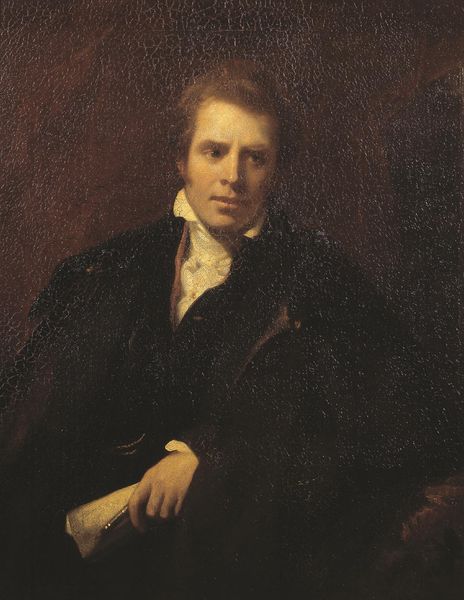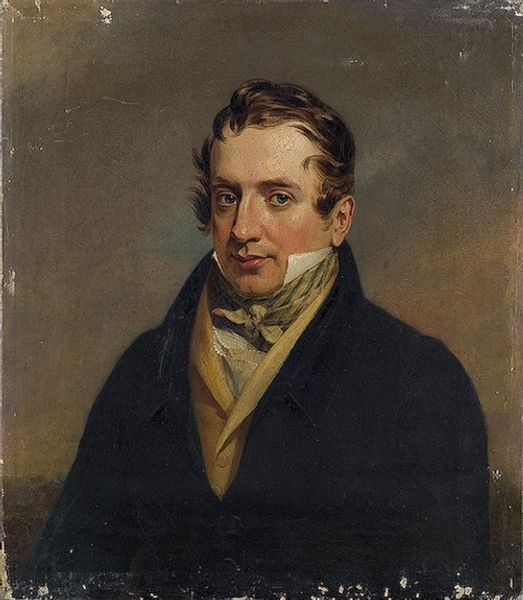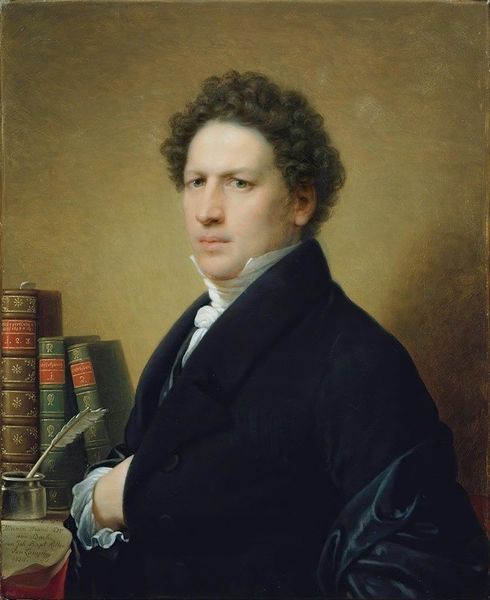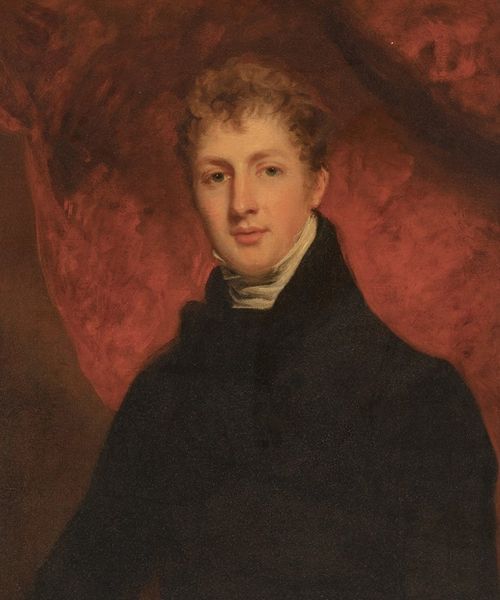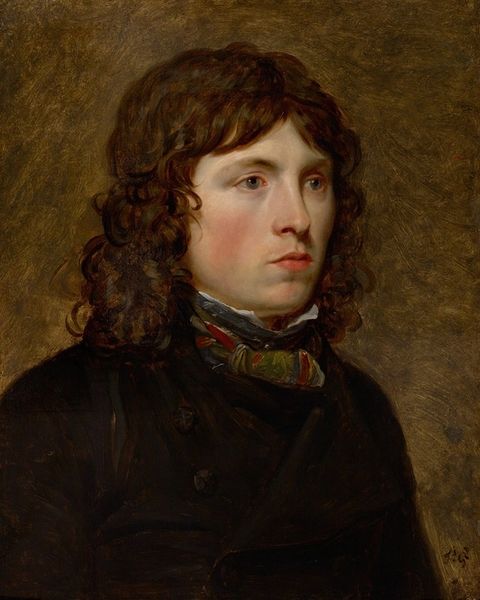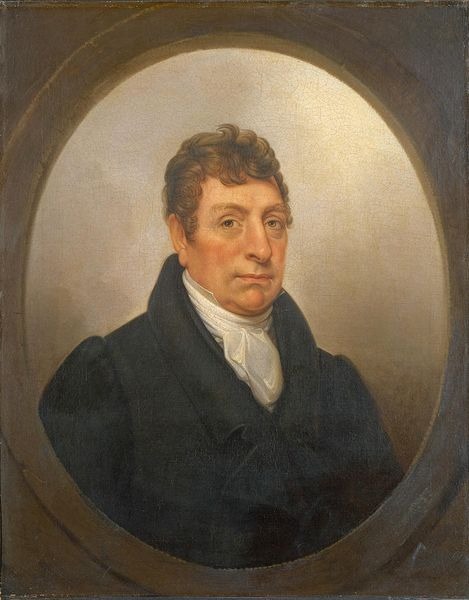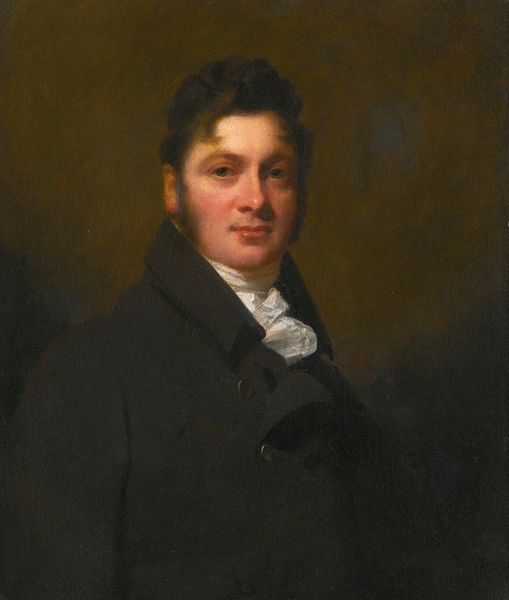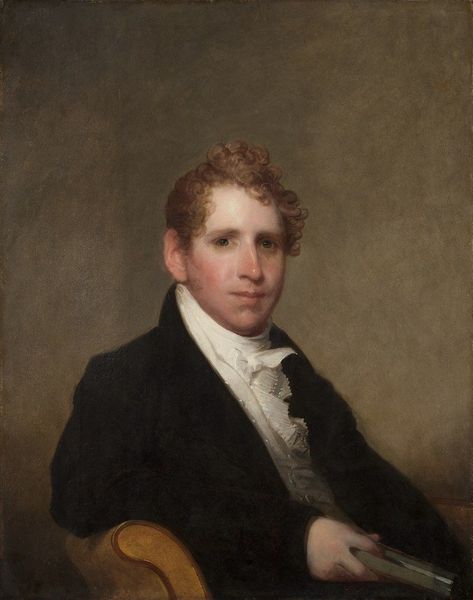
oil-paint
#
portrait
#
oil-paint
#
romanticism
#
history-painting
Copyright: Public Domain: Artvee
John Linnell painted this portrait of William Collins, using oil, in an effort to capture the essence of his subject. The somber tone here, achieved through a restrained palette, speaks volumes. Consider the gaze: averted, lost in thought, and how this echoes the long tradition of melancholic representation, reaching back to classical depictions of philosophers and poets. In antiquity, this pose signified deep contemplation. Yet, in the 19th century, it takes on a new layer, reflecting Romanticism’s fascination with the inner life. It is a pose that transcends time. Think of Hamlet, his gaze similarly fixed on some unseen point, weighed down by the burden of thought. These are not merely portraits; they are mirrors reflecting our shared human capacity for introspection. A portrait, like all art, speaks to our collective memory, doesn't it?
Comments
No comments
Be the first to comment and join the conversation on the ultimate creative platform.



